Reportar esta entrada
Más sobre la misma comunidad-colección
Pioneer Plaza, El Paso, Texas circa 1915
Photo of Pioneer Plaza, shot looking down from a rooftop. ...
El Paso Residence - El Paso, Texas
Unidentified residence on Fort Boulevard Street. The residence ...
Swift and Company Building - El Paso, Texas circa 1905
The Swift and Company located at 217-219 S. Kansas, J.S. ...
El Paso High School - El Paso, Texas
A group of individuals, perhaps staff, standing in front of the ...
The El Paso Bakery - El Paso, Texas
The El Paso Bakery located at 409 N. Oregon,George W. Roberts, ...
Masonic Hospital - El Paso, Texas
El Paso Masonic Hospital. H.T. Ponsford president, E.W. Kayser ...
R. R. Jones Stadium was built in 1916
It overlooks central El Paso and its border with Ciudad Juarez, ...











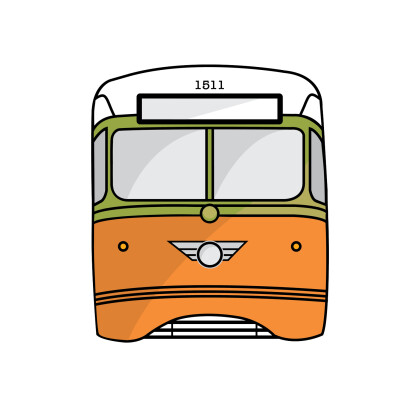
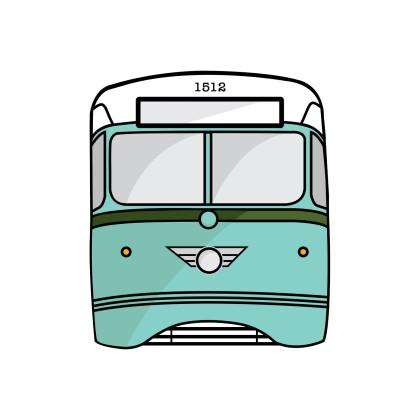
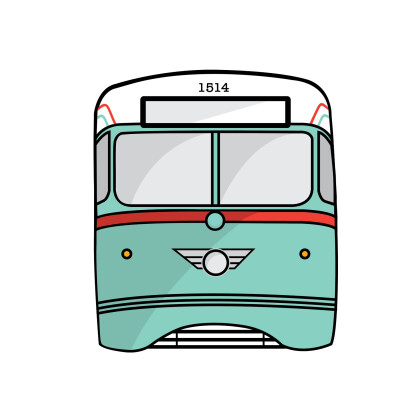
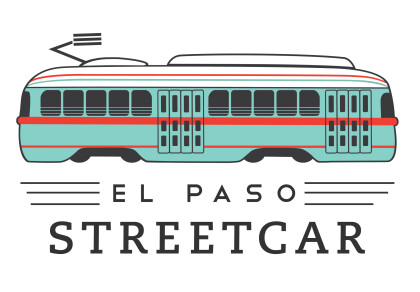
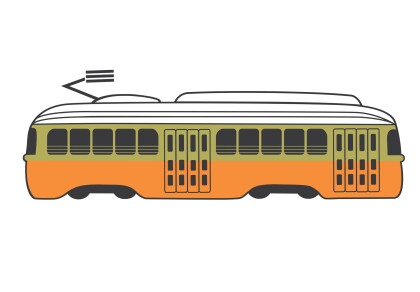
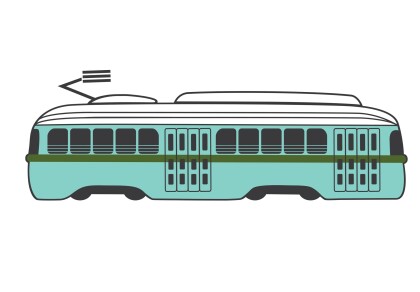
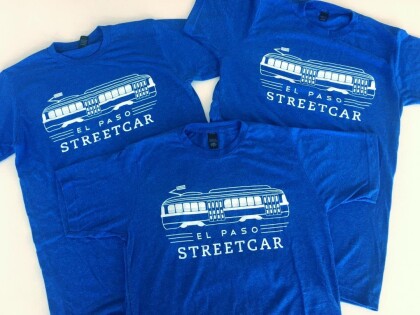
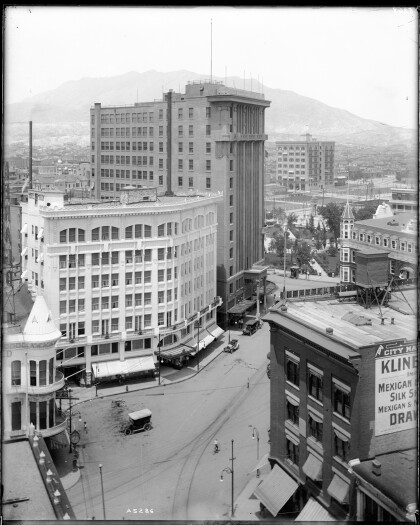
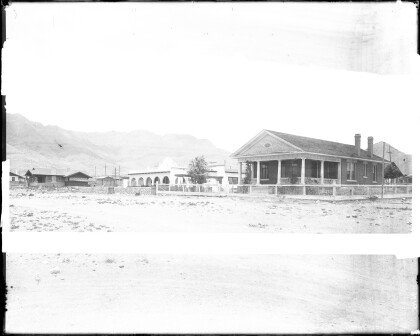
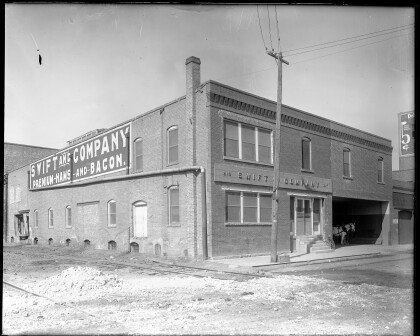
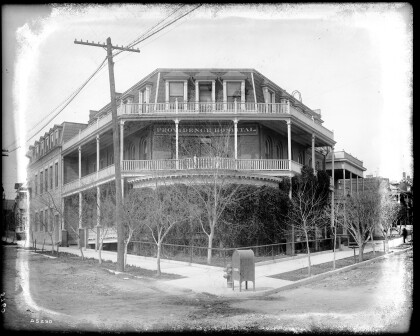
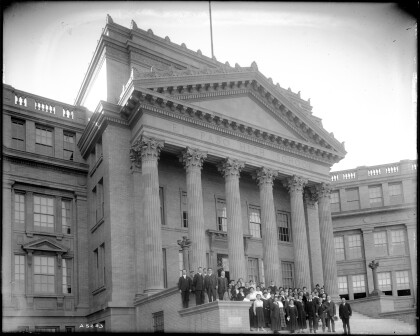
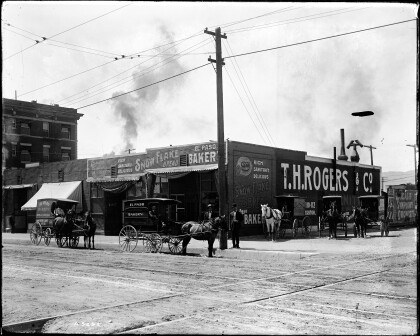
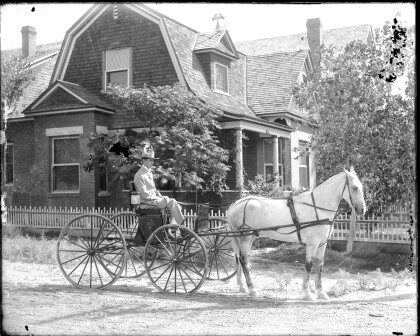
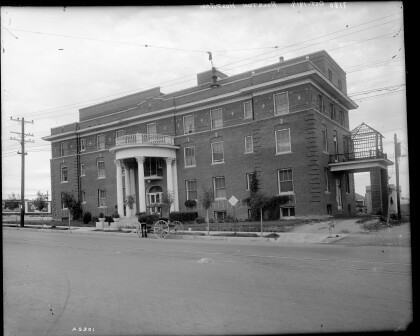
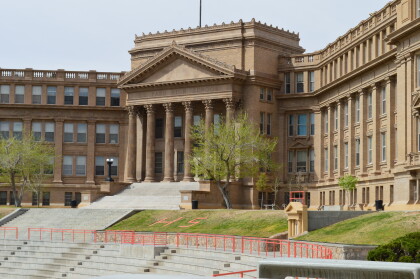
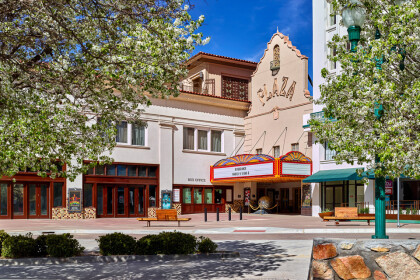
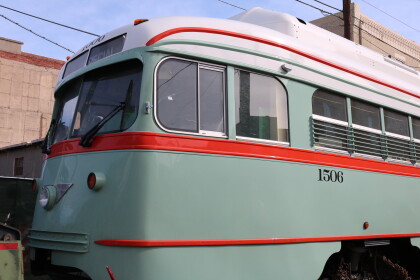
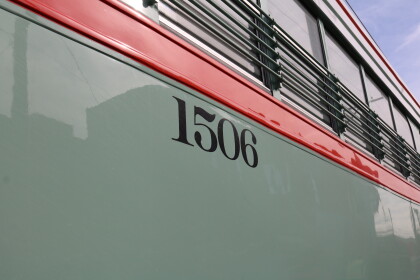
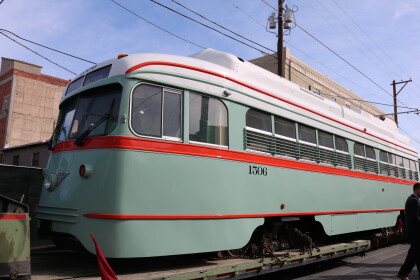
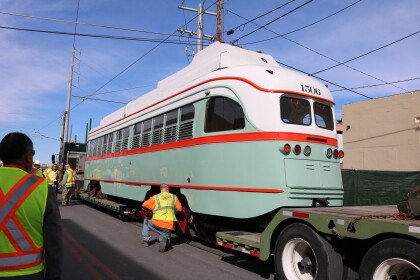
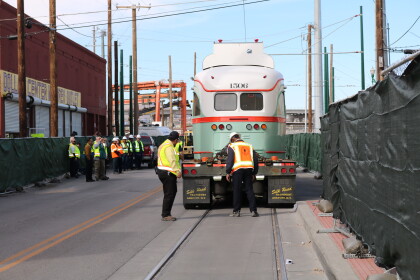
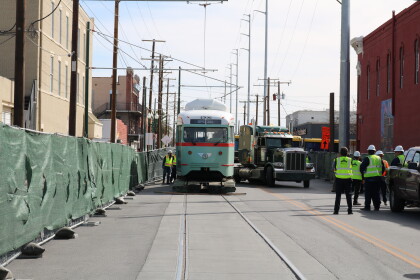
Comentarios
Hacer un comentario